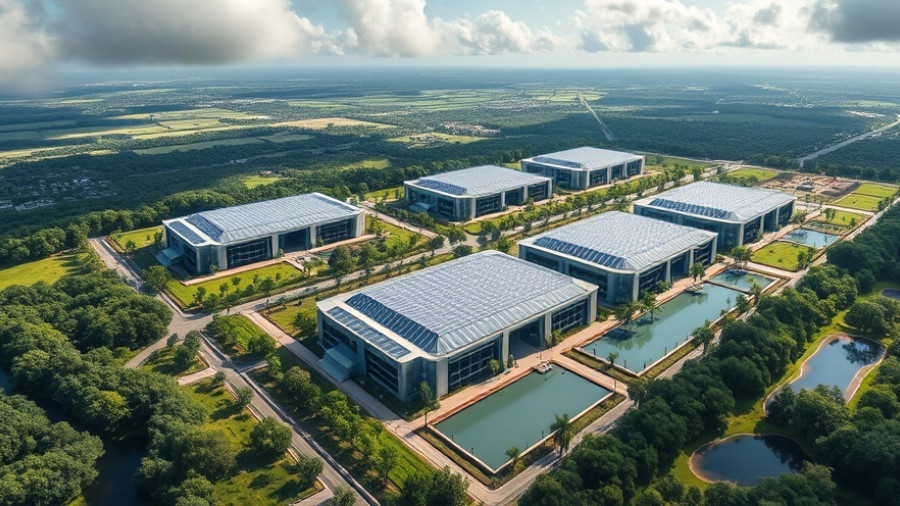
Revolutionizing Port Everglades: A $152 Million Investment in Resilience
Construction has officially commenced on the $152 million Port Everglades Bulkhead Replacement project, a significant development aimed at future-proofing the integral port facility located in Fort Lauderdale, Florida. This initiative is particularly crucial as it seeks to upgrade seawalls that have remained largely unchanged since the 1950s, ensuring they meet the requirements of both contemporary maritime logistics and the inevitable challenges posed by climate change.
The Climate Adaptation Imperative
The new designs for the bulkheads, which span approximately 2,840 linear feet across Berths 1, 2, and 3, integrate innovative features that not only combat the heightened risks associated with rising sea levels but also prepare for extreme weather conditions typical of Florida’s hurricane season. Key design elements include an elevation capacity that allows for berths to be raised by up to five feet, accommodating future sea level rise and potentially devastating storm surges.
Managing Risks: A Strategic Approach
One critical aspect of the bulkhead design is addressing hydrostatic drawdowns and reverse storm surges, both of which have the potential to cause significant structural damage. The engineering prowess of Mott MacDonald has enabled the new bulkheads to withstand resultant pressures and prevent slumping or failure during tumultuous weather events. Furthermore, their design also anticipates complications from wave overtopping, highlighting an adaptive approach that many facilities will need as climate impacts escalate.
Economic Significance and Future-Proofing Port Operations
With the construction of these upgraded facilities, Port Everglades is not just enhancing its infrastructure but also expanding its operational capacity to accommodate larger vessels, such as the new Sphere Class cruise ship recently introduced by Princess Cruises—an essential step in remaining competitive in the increasingly crowded maritime market. As trade dynamics evolve, ensuring ports can handle deeper-draft vessels becomes a strategic necessity for economic growth and international commerce.
A Broader Perspective on Port Resilience Investments
The Port Everglades upgrade project aligns with a broader national investment strategy, with the U.S. Department of Transportation releasing $830 million in 2024 to bolster the resilience of transportation systems, including port infrastructures. This commitment reflects a growing recognition of climate-related risks and the need for proactive measures to maintain operational integrity and service reliability.
Next Steps for Stakeholders: Opportunities Await
For business owners, property developers, and facility managers, understanding the nuances of such projects offers valuable insights into potential investment opportunities and risks. As ports adapt to environmental changes, stakeholders in the construction and development sectors must position themselves strategically to leverage evolving demands in sustainable infrastructure.
In light of these developments, it is imperative for executives to remain informed about current trends, potential challenges, and investment avenues within the construction space. Staying ahead not only safeguards existing assets but can lead to fruitful engagements in future projects, ensuring readiness in an era of change.
 Add Row
Add Row  Add
Add 




Write A Comment